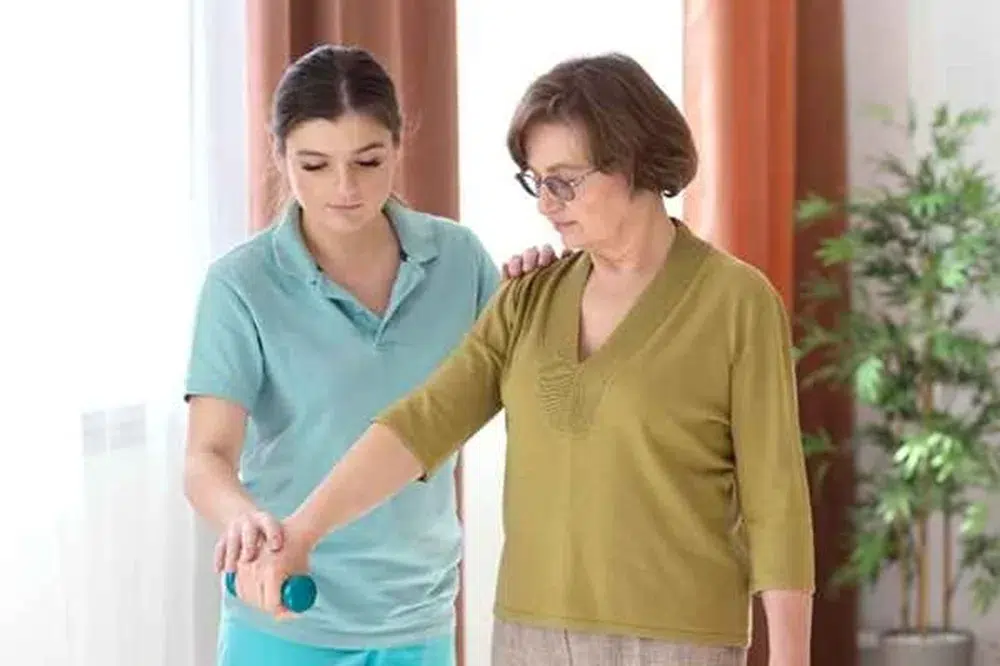Caring for someone who’s ill, disabled or ageing can be a full-time job. It takes time, energy and loads of patience. A number of family caregivers do it out of love. That doesn’t make it easy. This is where respite care services come in. They offer a brief respite, giving caregivers an opportunity to rest, recharge or attend to other tasks without the immediate concerns of their loved ones.
What Is Respite Care?
Respite care is short term support that gives regular caregivers a break. It can last a few hours, days or also weeks. These services can happen at home, in care homes or special centres. During this time, a trained carer takes over the job, keeping the person safe and also comfortable.
This support isn’t only for elderly care. It may be beneficial to those caring for someone with dementia, physical disabilities or also long term health conditions. If it’s anticipated or urgent, respite care provides assistance when life becomes challenging.
Why Is It Important?
Caring for someone every day can lead to stress, tiredness and also health issues. A lot of caregivers forget to take care of themselves. They skip breaks, miss doctor visits and also don’t get enough sleep. Over time, this can lead to burnout.
Respite care gives them a chance to breathe. Also, a short rest can make a huge difference. It can boost mood, improve focus and also help avoid mistakes. Once caregivers feel better, they can provide better care too.
Different Types of Respite Care
There’s no one-size-fits-all. People can choose from several types depending on needs, time and also budget.
- In-home respite – A trained carer comes to the house to help for a few hours or days.
- Day centres – These centres give care and activities during the day, letting carers go to work or rest.
- Residential stays – Some care homes offer short stays for the person needing care.
- Emergency respite – When sudden illness or events happen, emergency help can step in quickly.
Each type offers peace of mind. The caregiver knows their loved ones in safe hands while they focus on other things. Get details about Community Access.
Key Benefits for Caregivers
One of the biggest plus points? Time. Caregivers get hours or days to do what they need. It might be a nap, a trip, or also relaxing in silence. It’s even a way to keep relationships healthy. A bit of space can ease pressure and bring fresh energy back into the home.
Other big benefits include:
- Lower stress – Taking breaks helps ease the mind and body.
- Better health – With time to rest, caregivers usually feel stronger and healthier.
- Work balance – Respite care makes it easier to keep jobs while still giving care.
- Social time – Caregivers can see friends or join activities without guilt.
How To Choose the Right Service
Picking a good respite care provider takes some thought. It’s smart to check reviews, meet the carers and ask questions. Look at the person’s needs-do they require help with meals, medicine or just company? Is the care short-term or more often?
A few local councils or charities offer free or low cost options. It helps to start early and plan before things feel too heavy. And never wait for a crisis, respite care works best once it’s part of a regular plan. Get details about Independent Living.
What About the Person Receiving Care?
It’s normal for the person needing care to feel unsure about new faces or places. That’s why it helps to involve them in the choice. Try short trial visits, introduce careers slowly and talk through any worries. Once they feel safe, the whole process gets easier for everyone.
A number of people actually enjoy the change. They meet others, try new activities or just get a break from the same routine.
Respite Care’s Role in Sustaining Caregivers
Respite care services play a big role in long term caregiving. They don’t replace love or duty they just help keep it going strong. Taking breaks isn’t selfish. It’s needed. Every caregiver deserves support and also respite care offers that at just the right time.
With this help, caregivers can maintain some balance in their life, while providing excellent care for someone they care about. It’s all about finding that middle space where a caregiver and a care recipient can feel safe, get rested and be valued.

